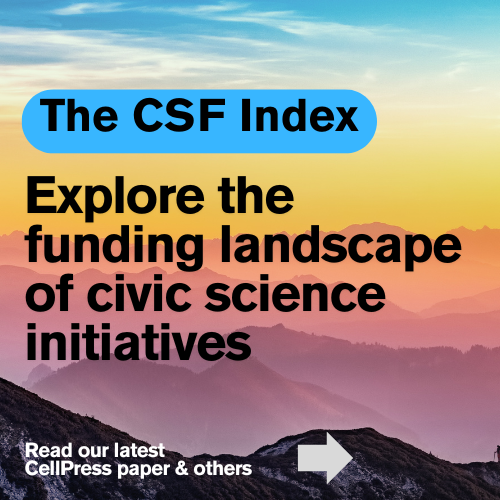Civic Science Observer
Education Spending as percent of government expenditure in Latin America
Average Median Education Spending as percent of government expenditure in Latin America (06-15)(1). Top performer refers to the highest ranking country in Latin America in the 2015 Pisa Tests (2,3).

Metadata descriptors as originally published by the World Bank
| Indicator Name | Government expenditure on education, total (% of government expenditure) |
| Long definition | General government expenditure on education (current, capital, and transfers) is expressed as a percentage of total general government expenditure on all sectors (including health, education, social services, etc.). It includes expenditure funded by transfers from international sources to government. General government usually refers to local, regional and central governments. |
| Source | United Nations Educational, Scientific, and Cultural Organization (UNESCO) Institute for Statistics. |
| Topic | Education: Inputs |
| Periodicity | Annual |
| Aggregation method | Median |
| Statistical concept and methodology | Expenditure on education, total (% of government expenditure) is calculated by dividing total government expenditure on education by the total government expenditure on all sectors and multiplying by 100. Aggregate data are based on World Bank estimates.
Data on education are collected by the UNESCO Institute for Statistics from official responses to its annual education survey. All the data are mapped to the International Standard Classification of Education (ISCED) to ensure the comparability of education programs at the international level. The current version was formally adopted by UNESCO Member States in 2011. Data on total general government expenditure were previously collected from countries through the annual questionnaire, but are from the International Monetary Fund’s World Economic Outlook database since January 2014. Therefore, current data cannot be compared with data in earlier editions. The reference years reflect the school year for which the data are presented. In some countries the school year spans two calendar years (for example, from September 2010 to June 2011); in these cases the reference year refers to the year in which the school year ended (2011 in the example). |
| Development relevance | The share of government expenditure devoted to education allows an assessment of the priority a government assigns to education relative to other public investments, as well as a government’s commitment to investing in human capital development. Countries with younger populations may spend more on education in relation to other sector such as health or social security, and vice-versa. |
| Limitations and exceptions | Data on government expenditure on education may refer to spending by the ministry of education only (excluding spending on educational activities by other ministries). In addition, definitions and methods of data on total general government expenditure may differ across countries. |
| License Type | Open |
References
(1) Data from database: World Development Indicators http://databank.worldbank.org/data/reports.aspx?source=world-development-indicators
(2) Zinny, GS. Latin America’s wake up call on global school tests. BBC. (2015) http://www.bbc.com/news/business-32161854
(3) Program for International Student Assessment (PISA). https://nces.ed.gov/surveys/pisa/faq.asp (accessed March 8 2017).
Fanuel Muindi is a former neuroscientist turned civic science ethnographer. He is a Professor of Practice in the College of Arts, Media, and Design at Northeastern University where he leads the Civic Science Media Lab. Dr. Muindi received his Bachelor’s degree in Biology and PhD in Organismal Biology from Morehouse College and Stanford University respectively. He completed his postdoctoral training at MIT.

-
Civic Science Observer4 weeks ago
What are the objectives of the Neurotech Justice Accelerator at Mass General Brigham?
-
Civic Science Observer5 days ago
Meet the New Hampshire organization changing the way we see insects
-
Civic Science Observer2 months ago
Dear Colleagues: Now is the time to scale up public engagement with science
-
Civic Science Observer1 week ago
Dear Colleagues: Help us understand the national impacts of federal science funding cuts on early career researchers in academic laboratories

























